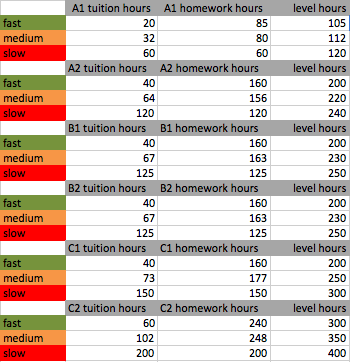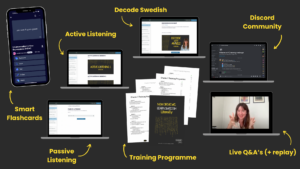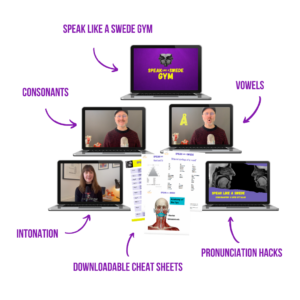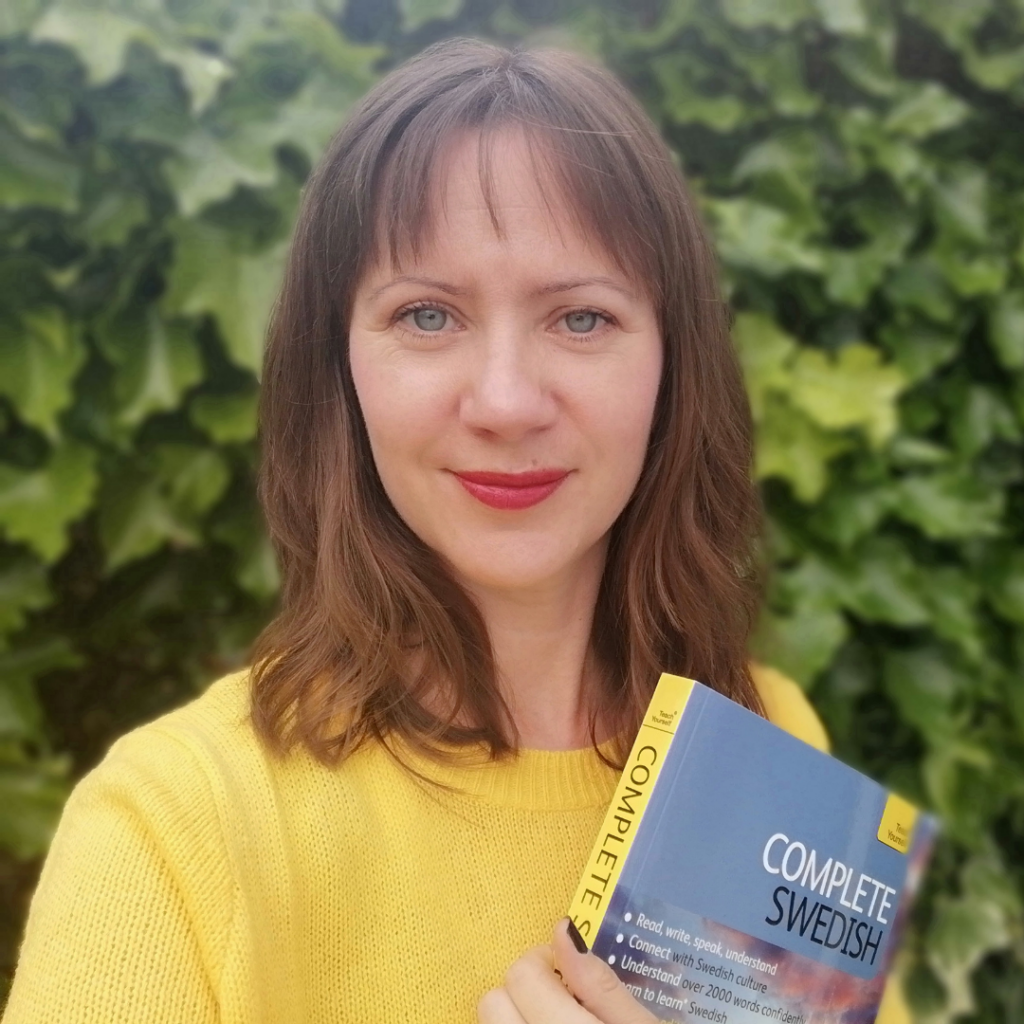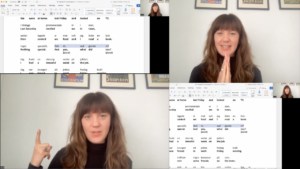Many students ask how long it takes to learn Swedish. It’s super important to know this when you start learning a language, so you can plan your studies and set realistic goals.
I have created a guideline to how many hours it usually takes to reach each language level (according to the CEFR levels).
This is an estimate, and can vary considerably between individuals, but it may at least give an idea of what to expect.
Let’s start by being honest and say that you will not be able to become fluent in Swedish in 1 or 2 months.
Anyone claiming that it is possible, is simply lying.
Language learning is a long process – a bit more like a marathon than a quick sprint. Be wary of claims that you can learn a language fluently in x days/months, there are no miracle methods. If it sounds too good to be true, it probably is…
Factors determining how long it takes to learn Swedish
How long it takes to learn Swedish will depend on a number of factors, for example:
- Individual learning pace
- Previous knowledge of grammar (if you know a lot of grammar from before, you’ll learn faster)
- Native language (for ex German native speakers learn Swedish faster, as some of the grammar and vocabulary is similar)
- How much homework you’re able to do between lessons
- If you have any particular areas that you struggle with
Guide for Swedish study hours
The calculation below is based my students and how long people in general spend to reach each level.
It takes into account whether the student is a slow, medium or fast learner, and also on how much time the learner spend doing homework and other things outside of the lessons. The more hours you spend learning outside of the lesson hours, the faster you will progress (and it will be cheaper for you too!).
The calculation is also roughly correlated to the guided learning hours according to Deutsche Welle for German, Cambridge English Language Assessment for English, and Alliance Française for French.
NOTE: This table is not cumulative. So if you are a total beginner, it would take you on average (medium speed) around 800 hours in total to go from zero to B2.
It is quite common to be somewhere between fast and medium. Our fastest student reached level A1 after only 17 hours of online one-to-one tuition. But some students have needed at least double the time.
It is also common to learn at different speeds at different levels. You might sail through A1 and A2, but hit a wall at B1. This might be because you find some things more difficult than others, and that can slow your progress.
However, the main reason for slow progress is that you’re not putting enough active study hours in.
When learners say:
‘I’ve been studying Swedish for 9 months, and I still can’t speak with people’
…my question is always:
‘How many hours did you study during those 9 months?‘.
Let’s say you are able to do 1 hour lesson per week with a teacher/tutor, and also do 2 hours of studying outside of your lesson. That’s 3 hours per week. And let’s say you were able to do that every week for a year, minus a couple of weeks of holiday and maybe some other reasons for not being able to do it (illness, etc)…
In 9 months, you would have done about 105 hours. If you’re a fast learner, you would just have completed level A1. If you’re not a fast learner, you’d still be studying level A1. And when you’re at level A1, you cannot hold a normal conversation.
Count your study time in HOURS, not in weeks, months and years!
Don’t know what the levels mean?
Click here to read more about each level and what the criteria are for each level.
Test your Swedish level
Click here to sign up to take a Swedish level test. Get instant results and recommendations.

